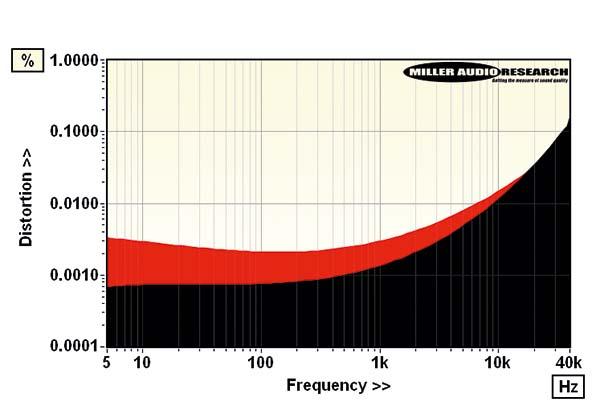Luxman L-509Z Luxman's 'LIFES' style

Luxman’s website (www.luxman.com/product/detail.php?id=45) tells us that the compensation regime used in its last few generations of amplifiers – ODNF (Only Distortion Negative Feedback) – had become complex, arguably too complex, in its execution, the implication being that a simpler and more elegant feedback topology might reap some sonic benefit. Enter LIFES (Luxman Integrated Feedback Engine System) which, it says, ‘defines an amplification feedback engine blueprint for our next generation of components’. We know that this approach is nested within the preamp and power amp sections of the L-509Z rather than applied globally but this, in itself, is not unusual.
Fortunately while our independent measurements reveal very little significant change in either the gain, S/N or power output of the L-509Z versus the older L-509X (aside from a slightly more conservative approach to short-circuit protection), we can see exactly how Luxman’s ‘tweaked’ feedback network has altered the balance of distortion and, quite possibly, one aspect of the amplifier’s tonal ‘colour’.
As a matter of general principle, negative (regenerative) feedback is applied to reduce the open-loop gain of an amplifier, suppressing noise and distortion proportionally. For example, 70dB of feedback applied to an amplifier with 100dB of open-loop gain yields a useable, closed-loop gain of 30dB with a reduction in noise and THD of over 3100x (or 70dB, where an open-loop distortion of 5% would be reduced to 0.0016%). In practice the open-loop response of an amplifier falls with frequency and so the ratio of open-loop gain versus closed-loop gain – the amount of feedback applied – must fall with frequency. Thus, distortion typically increases at higher frequencies. Luxman’s engineers have clearly revisited this juggling act between the L-509X and L-509Z, and have ‘tuned’ the newcomer

















































